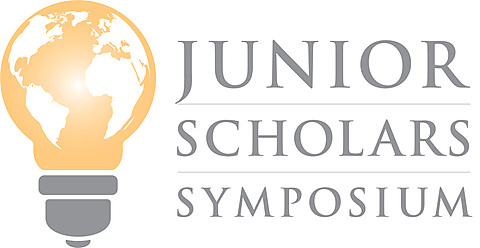I’ve been in Washington over 30 years, but sometimes even I can be stunned by the short memories and shortsightedness of members of the Fourth Estate. Today’s example is the editorial board of the venerable (and usually pretty sane) Wall Street Journal.
The ostensible topic of their latest pronouncement (paywall) was the recent terrorist attack in Moscow, which appears to have been the work of violent Salafist terrorists. After offering some fairly standard pre‐Trump era Establishment fare on the need for still more US military action in the Islamic world, the WSJ ed board ended its piece by stating,
The ISIS comeback also argues for the House to overcome its disagreements and reauthorize Section 702 authority to surveil foreign communications even if it accidentally catches some Americans in the sweep. The House Intelligence bill contains enough safeguards without adding bureaucratic and political obstacles to rapid surveillance of real threats. Americans don’t want another attack on U.S. soil like last week’s horror show in Moscow.
Item 1: The Foreign Intelligence Surveillance Act (FISA) Section 702 telecommunications intercept program does not “accidentally” sweep up the communications of US persons with no connection to criminal activity. The very structure and operational characteristics of both the 702 program and the global telecommunications system guarantee that the emails, text messages, and the like of innocent Americans are inevitably captured and stored in a vast database for years. It is a database that agents of the Federal Bureau of Investigation (FBI) have repeatedly been found to have used to conduct warrantless digital fishing expeditions on Americans not wanted for any crime.
That means that the communications of Journal reporters (especially those traveling to or reporting from overseas) are very likely getting swept up via the 702 program. The same thing is almost certainly happening to the digital letters to the editor or op‐eds submitted to the Journal by Americans overseas or who visit the Journal’s website to read its news coverage, etc. All of that, and literally millions of communications of other Americans are available for perusal by FBI agents with access to the 702 database. To be a cheerleader for a surveillance program that’s likely collecting the communications of its reporters and readers is probably not what those reporters or readers view as a legitimate government function or use of their taxpayer dollars.
Item 2: Multiple bills have been introduced to impose an actual warrant requirement for any federal law enforcement access to that stored data, but the most recent one introduced is a bipartisan Senate bill that, while not going as far as many privacy and civil liberties advocates would like, would be a vast improvement over where we are now with the 702 program. The House Intelligence Committee bill championed by the WSJ ed board would, if enacted, largely be another classic example of the old Capitol Hill game of “Let’s not but say we did” when it comes to surveillance reform. The Journal ed board seems not to recognize that the House and Senate Intelligence Committees have long been “organizationally captured” by the various intelligence and law enforcement entities they were created to oversee in 1978. Both committees are cheerleaders for mass surveillance, not our protectors from it.
Item 3: The Journal ed board is engaged in a form of magical thinking with respect to mass surveillance. No mass surveillance program has ever stopped a terrorist attack on America. That was the case with the 702 program’s progenitor, the infamous STELLAR WIND program. It was also the case with the PATRIOT Act’s Section 215 telephone metadata mass surveillance program. And while the FBI and the Office of the Director of National Intelligence (ODNI) continue to make incredible claims about the program’s effectiveness, the actual FBI internal audits of the 702 program have never been released. Cato is trying to remedy that information deficit via a Freedom of Information Act (FOIA) lawsuit currently before D.C. Circuit Judge Tanya Chutkan.
The WSJ ed board could’ve enlightened its readers with all of these publicly available, sourced facts. Instead, it chose to fearmonger in favor of a program that is not and never has been Fourth Amendment compliant in the way the Founders intended, a program that almost certainly sweeps up the communications of its own reporters, editors, and readers. How the mighty have fallen.









